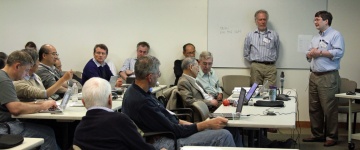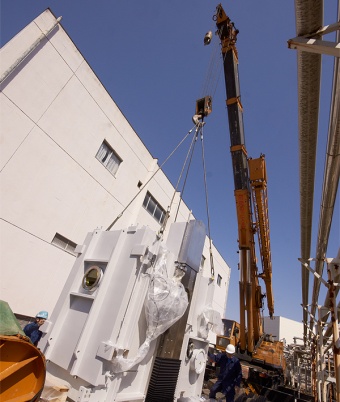In the News
-
from Reuters20 April 2011The primary purpose of the flight is to deliver the $2 billion Alpha Magnetic Spectrometer, or AMS, particle detector, an instrument designed to detect dark matter, antimatter and other exotic phenomena.
-
from INFN19 April 2011The SuperB project uses the assumption that particle accelerators, smaller than the current ‘giants’, operated at a low energy, can enable excellent scientific results complementary to the high energy frontier. The crucial element consists in getting particle beams – which are extremely compact, small, short and very dense – to collide.
-
from INFN15 April 2011After analyzing one hundred days of data taken with the XENON100 experiment, they see no evidence for the existence of Weakly Interacting Massive Particles (WIMPs), the leading candidates for the mysterious dark matter.
-
from Nature14 April 2011The XENON100 experiment has placed the tightest limits yet on the properties of dark matter.
-
from Wired13 April 2011After years of waiting, the world’s biggest and best neutrino detector has started its search for the source of ultrahigh-energy cosmic rays that constantly bombard the Earth’s atmosphere. And it’s seen exactly zilch.
-
from New York Times13 April 2011This could have been the day they discovered dark matter.
-
from Science12 April 2011Since early February, scientists supported by the Department of Energy’s (DOE’s) Office of Science have been bracing for massive layoffs at the department’s 10 national laboratories and the temporary closure of many of the large user facilities located there.
Copyright © 2026 ILC International Development Team




